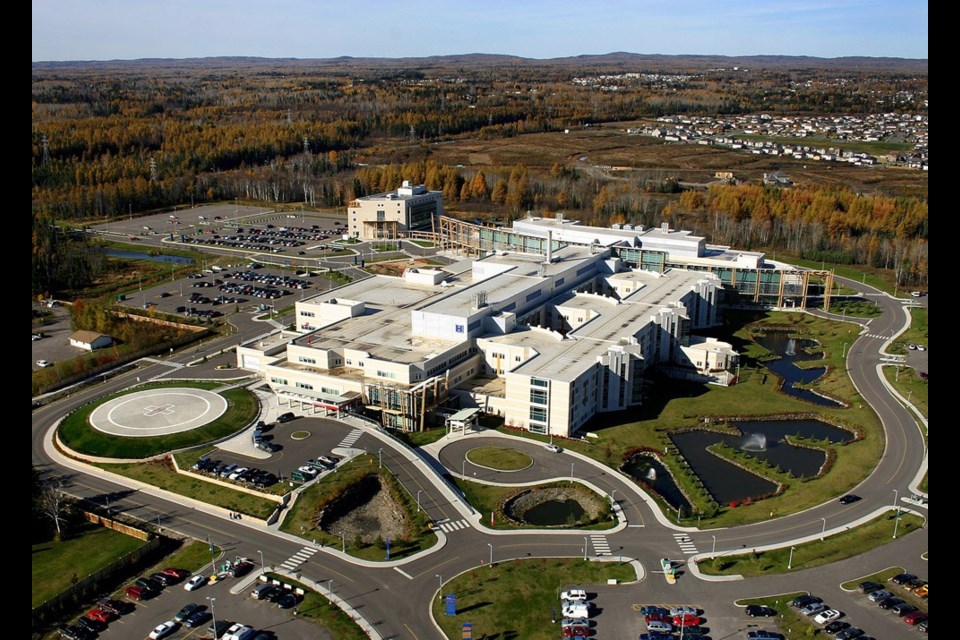THUNDER BAY — "What a difference a year makes," says Thunder Bay hospital executive vice-president Dr. Stewart Kennedy.
Thunder Bay Regional Health Sciences Centre has managed to dramatically cut its incidence of Surge Capacity – the hospital's term for when there are more patients admitted than the hospital is funded for.
Between April and October this year, it was over-capacity just five per cent of the time.
That's in sharp contrast to last year, when it was in surge capacity 94 per cent of the time between January and September.
The statistics provided by TBRHSC for the current year excluded the winter months, when the hospital typically comes under more pressure.
However Kennedy estimates that between January and March, the hospital was over-capacity between 50 and 60 per cent of the time.
Considering the situation was much worse a year ago, he said in an interview Friday, "we're doing a good job at maintaining patient flow."
Kennedy said the biggest contributor to the improvement is the Transitional Care Unit at Hogarth Riverview Manor on Lillie Street.
Initially opened to accommodate 32 hospital patients, in late 2018 the province released funding to double its capacity to 64.
TBRHSC was designed to accommodate 375 patients, but is currently funded for 389 beds at the hospital site. With the Hogarth Riverview beds, the total funded capacity is now 453.
Having the extra beds available at HRM means patients admitted to the hospital through the Emergency Department are able to access inpatient beds sooner than in the past.
"Without the HRM beds, we would be bursting," Kennedy said.
The hospital believes the TCU will remain open for the foreseeable future, based on "ongoing assessments of system capacity and alternate level of care needs."
Dr. Kennedy leads a steering committee that considers ways to reduce patient length-of-stays.
He said its work has paid off as well.
Initiatives such as geographically assigning hospitalists – doctors assigned to work with patients in the hospital – to specific patient care units have resulted in length-of-stays being reduced from an average of about six days to five days.
Under a special provincial funding program Pay For Results, TBRHSC has also used $1.8 million to improve Emergency Department wait times and patient flow.
A Rapid Assessment zone, the addition of a third triage nurse and coordinators for patient flow, wellness & geriatric care, as well as other measures were all implemented under that program.
The downward trend in the incidence of over-capacity is "a huge relief" to the hospital's senior administration, Kennedy said.
But he said it's important, as well, for patients and front-line staff.
"I walk the hallways every morning. I don't see patients crowded into rooms. I see a little bit of increased morale among nurses. They don't seem as stressed to have three or four extra patients on their list every single day."
Kennedy said "it's amazing" to see the decrease in tension as he goes from floor to floor.
Ironically, on the day that Kennedy was interviewed (Nov. 15,) the hospital had just gone into over-capacity, with a total of 464 admitted patients, nine over capacity.
"Today is a rare day," he said, "but we fluctuate from time to time."
